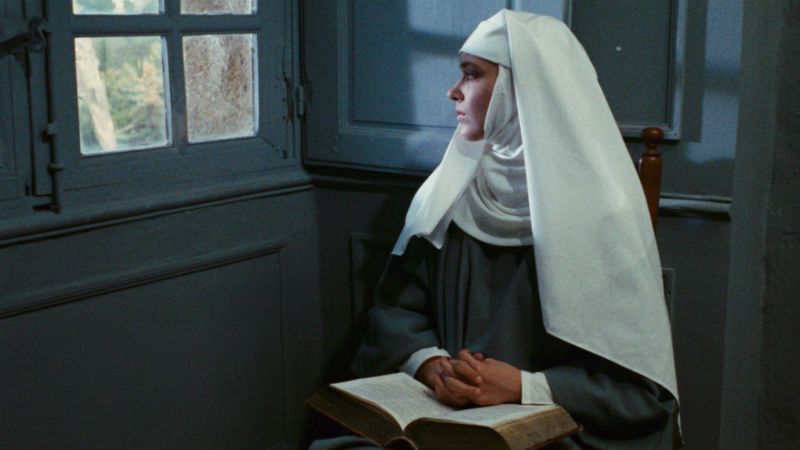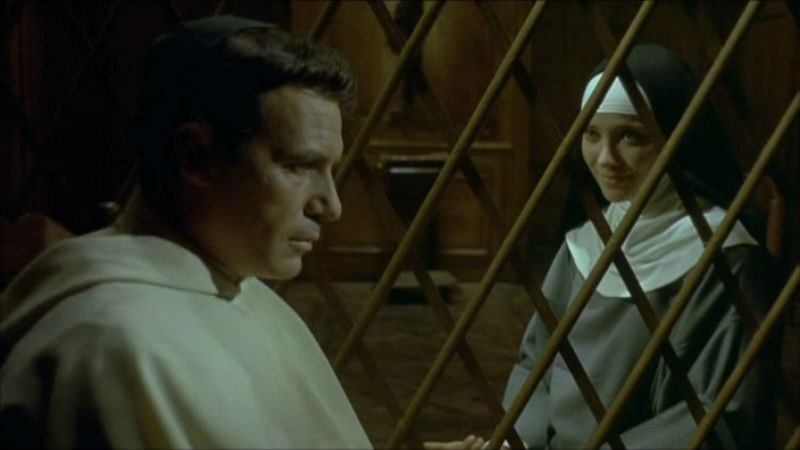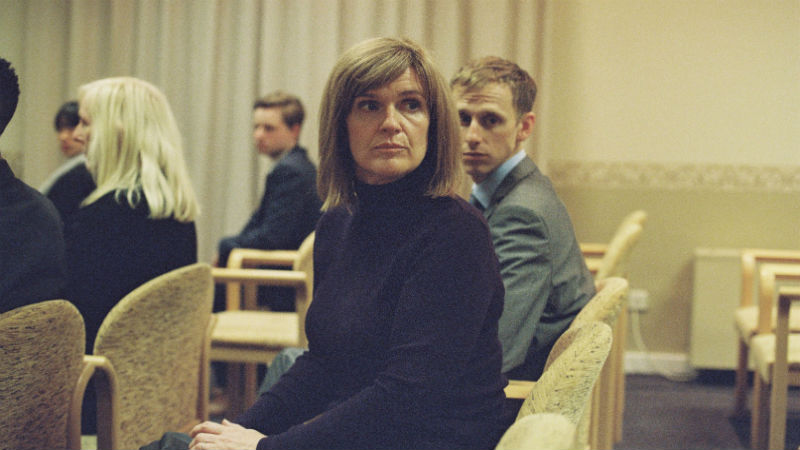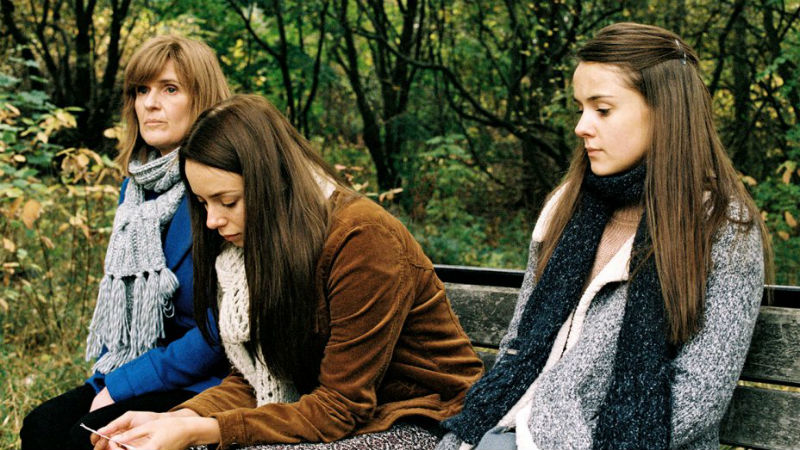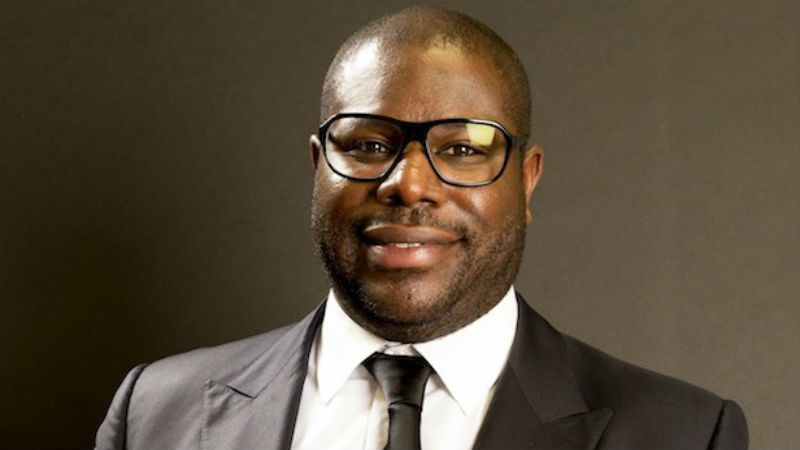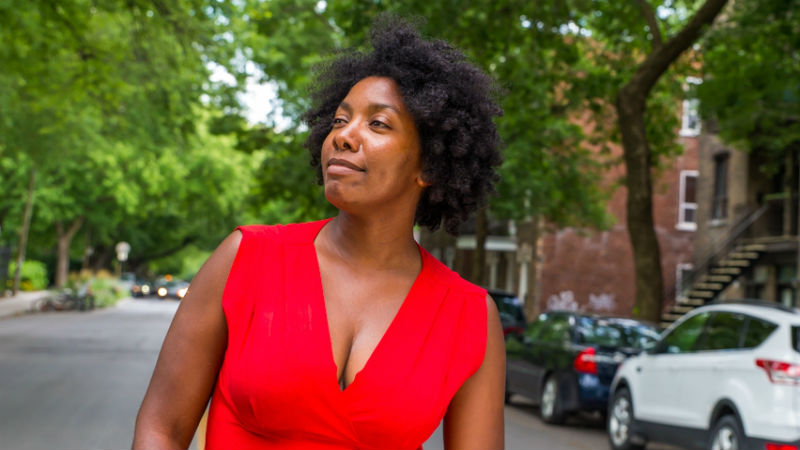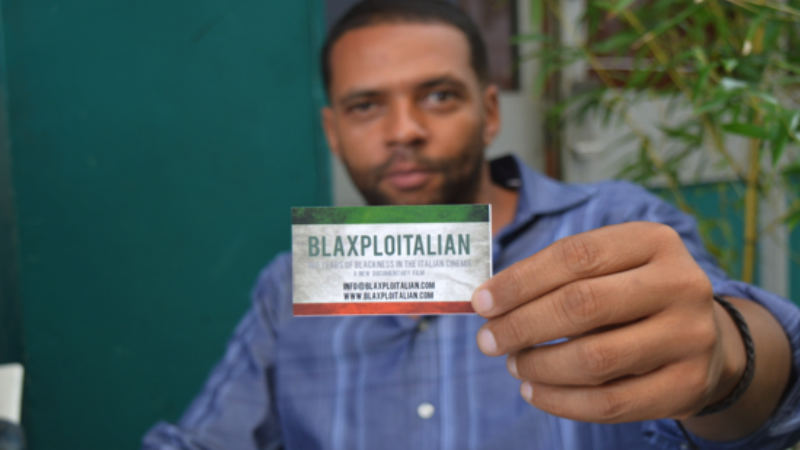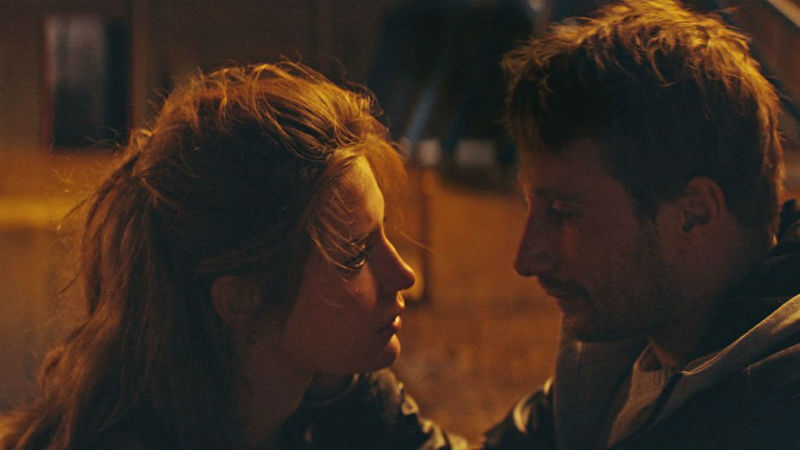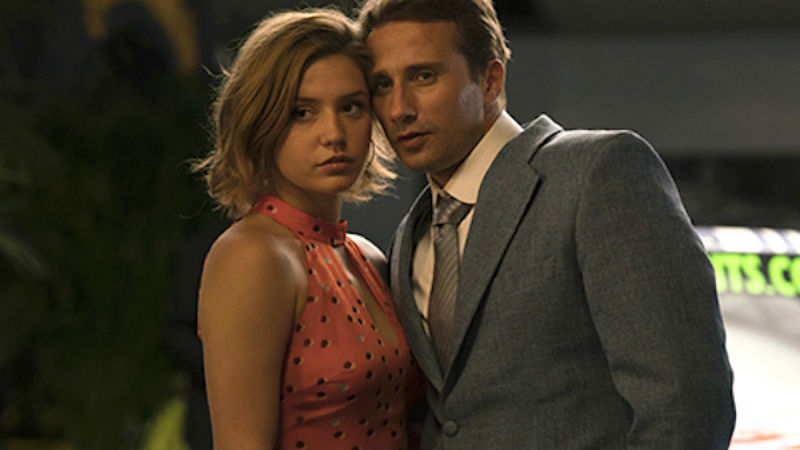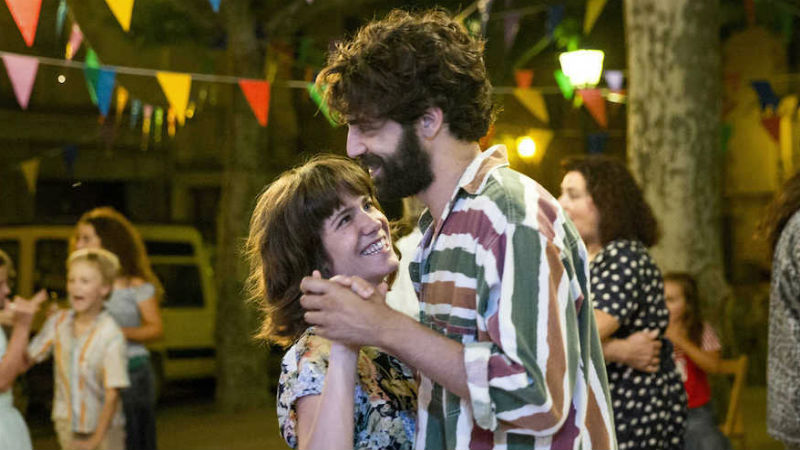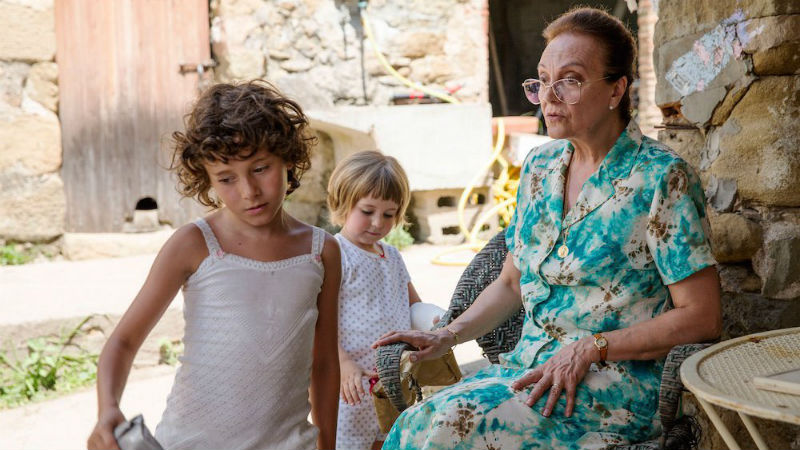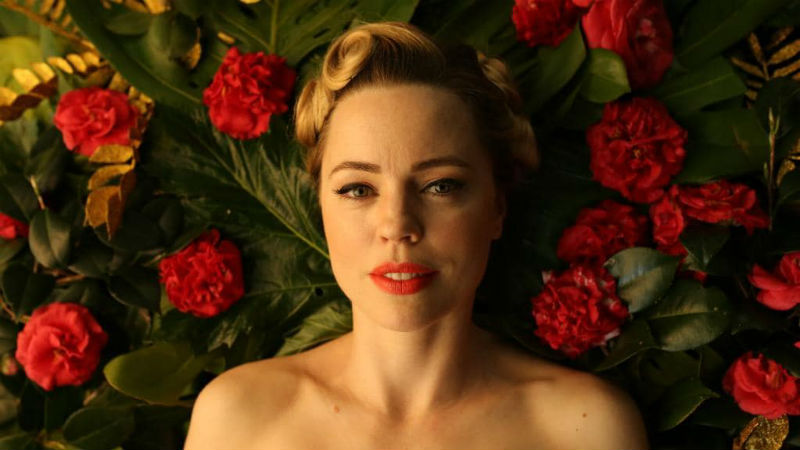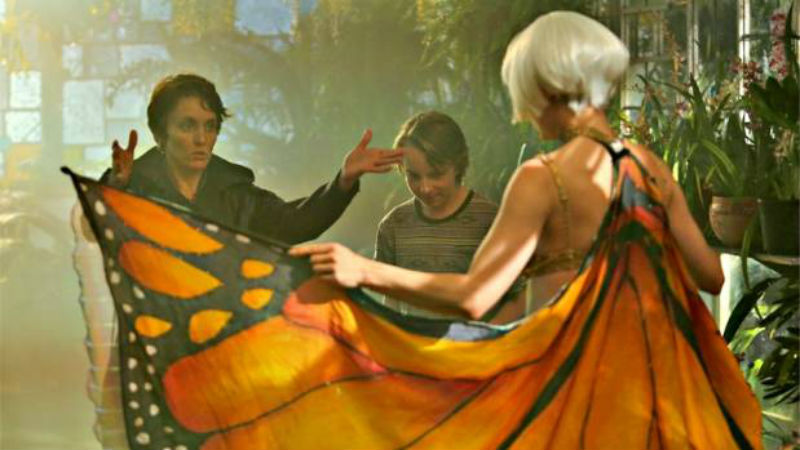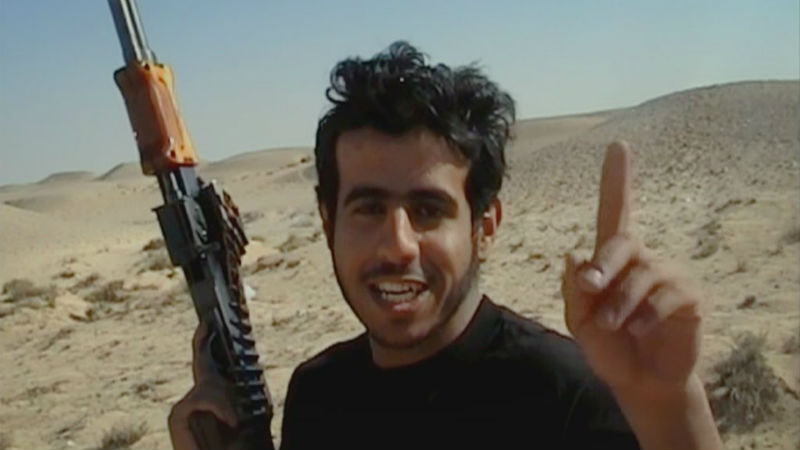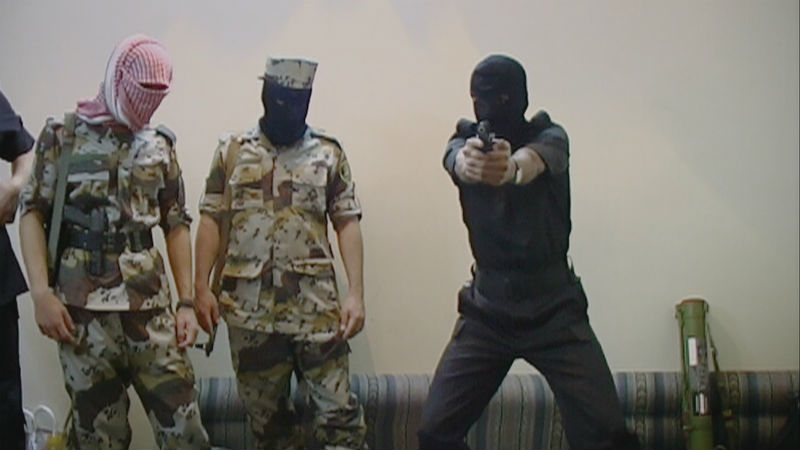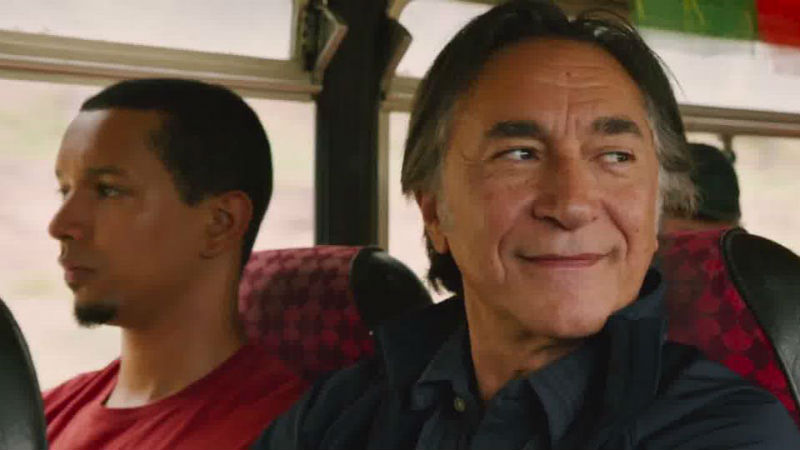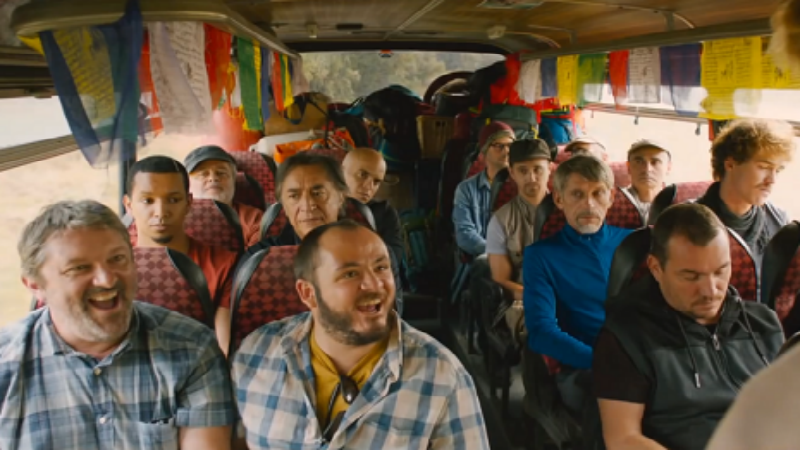This fiction film tells the story of a neolithic man called Kelab, who is pursuing a mission to avenge his settlement. It takes inspiration from the discovery of Ötzi The Iceman, the oldest known human mummy found in 1991, approximately 5300 years after his death. Ötzi was found on 19 September 1991 by two German tourists in Ötztal Alps on the Austrian–Italian border.
The German film is led by Juergen Vogel, a German chameleonis actor whose past performances in The Phantom (Denis Gansel, 2000) and Sources of Life (Oskar Roehler, 2013), and he delivers a compelling performance, echoing pain, disdain and ennui. It’s largely a silent performance, magnetic in his rage. The film is spoken in early Rhaetian, a long extinct dialect, and while the filmmaker makes the questionable choice to release the film devoid of subtitles (pretentious in all the wrong manners), Vogel is immersive in his nuance and self-belief that it doesn’t matter as long as he remains on screen.
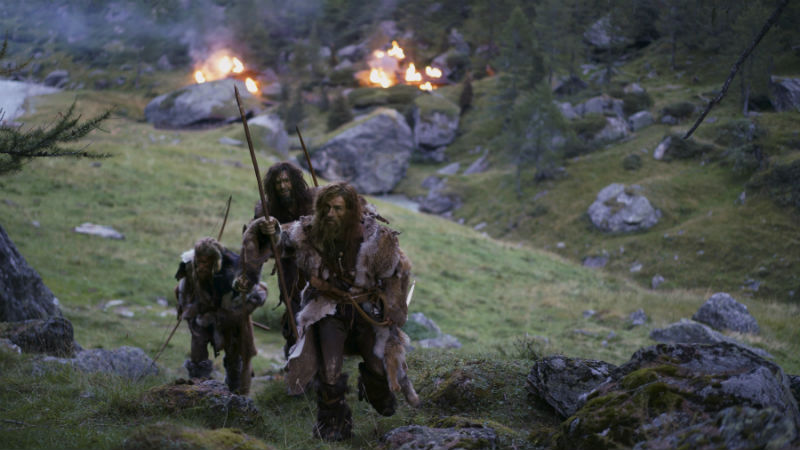
Randau follows Kelab on his long battle after the murderers on what turns into a grand odyssey where he must fight constantly. In essence, it’s a story about a man against his environment, as arduous hills await him, a tumultuous walk of Neolithic cascades. Historians be warned, this is a work of complete fiction (naturally) and an early scene by which a fire is built and assembled with little to no fanfare in the settlement at the film’s opening is likely to raise more than one or two eyebrows for the lack of historicity. But as an epic of fantastic escapism, there are plenty of visceral and esoteric battle scenes, bloodied in red rooted vengeance with the vigorous pulp sadism that only a prehistoric film could get away.
The Italian actor Franco Nero also deserves a mention. He features in his most interesting short film appearance since Django Unchained (Quentin Tarantino, 2012). This is pertinent, as this is the second time the enigmatic 1960s’ superstar appears in a film about a man seeking vengeance and catharsis in his own personal odyssey. And while Randau’s Neolithic epic isn’t quite in the same league as Tarantino’s subversive Western, it is another compelling tale of human survival.
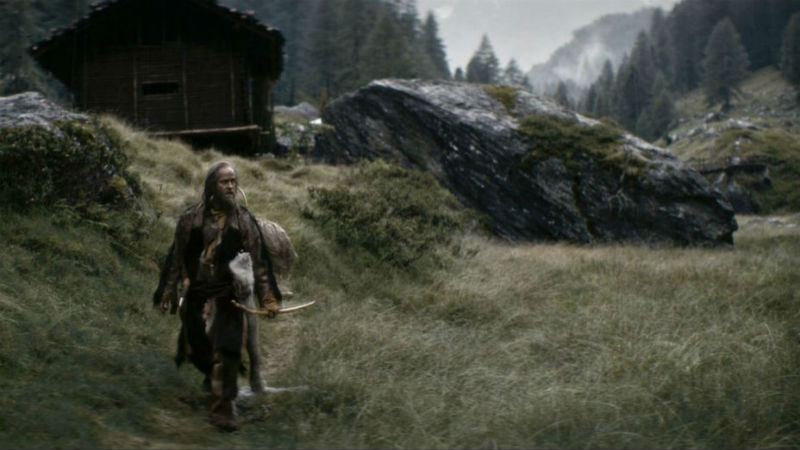
All in all, Randau has a very clever eye for storytelling. A particularly powerful image emerges as a snow-covered Kelab turns his back to the camera marching and struggling with the torrent weather. It’s a chilling depiction of the vile and violent journey awaiting him in a film that – despite a few shortcomings – manages to maintain a compelling sense of journey and acceptance similarly to the spaghetti Westerns of the 1960s. No wonder Nero feels very much at home!
Iceman is out in cinemas across the UK on Friday, July 27th, and then on VoD the following week.









